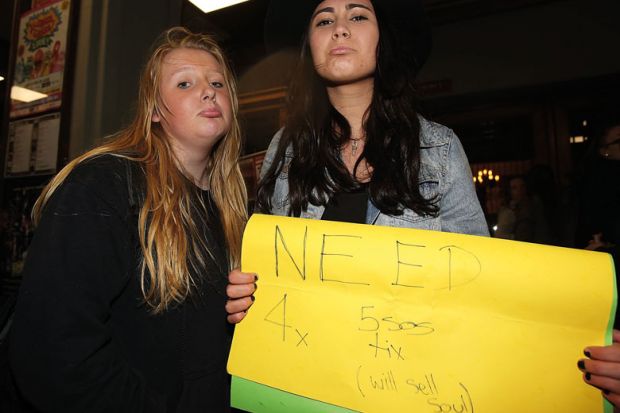The pandemic has highlighted the perennial shortage of practical placements for many Australian university students, but educators say it has also spawned solutions.
Deans say universities have largely worked through a backlog of placements that could not proceed at the height of Covid-19, particularly in the hardest hit states of Victoria and New South Wales. They say online techniques devised to keep placements available during the crisis are likely to remain in play after Covid infections recede, boosting options for practical training.
But it will take more than digital innovation to generate enough placements to service the burgeoning need for graduates in professions ranging from psychology, physiotherapy and social work to information technology, engineering and mining.
And in the meantime, a scarcity of practical placements and the remnants of the Covid backlog are exacerbating a general decline in domestic demand for tertiary education.
While universities usually refuse to provide up-to-date figures on course applications, often regarding such information as commercially sensitive, anecdotal accounts put the downturn in domestic demand as high as 10 per cent.
Charles Sturt University vice-chancellor Renée Leon said many institutions, including hers, had struggled to recruit enough domestic students to attract their full quota of teaching subsidies. She said a clinical placement backlog was making matters worse.
“Students…haven’t been able to complete courses that they would have completed last year because they haven’t done their placements,” she said. “Some of the placements we’ve got cannot go to students this year, because we’re still using them up for [former] students. I’m sure we’re not the only university that has that problem.”
Universities Australia chief executive Catriona Jackson said clinical placement snags had eased since the lockdowns ended. “But there are still significant blockages,” she said.
“There simply are not enough of them and they aren’t in a broad enough range of settings. [This] was cast into stark relief during Covid. We’re seeing the backwash of an unprecedented event, a pandemic, but also the laying bare of a problem that we always knew was there.”
Michele Simons, president of the Australian Council of Deans of Education, said that there had been “significant disruptions” to teaching students’ placements during the pandemic. But graduating students were given priority, with the Covid backlog mainly affecting first- and second-year students.
Universities and education departments had also improvised, she said. “In some cases, students did placements where they supported students learning online, working alongside teachers doing remote learning.”
Gregory Kolt, an executive member of the Australian Council of Deans of Health Sciences, said some improvisations to clinical training reflected changes already under way in the professions. “Greater presence around telehealth was…forced upon many services during Covid, and by all accounts [it had] great advantages. Particularly in rural and remote areas, it’s quite critical that people can access services without necessarily being face to face,” he said.
“The challenge, now that things are returning perhaps to…pre-Covid ways, [is] trying to capture innovations that were used very successfully. Health services and education providers need to…ensure that we’re training future health workers around not just face-to-face management of patients, but also telehealth.”
Vishnu Pareek, president of the Australian Council of Engineering Deans, said placements were routinely squandered because of a lack of coordination between universities. For example, when top students were offered work experience with multiple employers, the placements they rejected often went unfilled.
He advocated a “free portal”, catering to multiple institutions and disciplines, where employers could list placement opportunities.
“They are hidden jewels that are not being explored to their potential,” Professor Pareek said. “Industries need to increase those opportunities, but universities also need to go and ask them.”
Register to continue
Why register?
- Registration is free and only takes a moment
- Once registered, you can read 3 articles a month
- Sign up for our newsletter
Subscribe
Or subscribe for unlimited access to:
- Unlimited access to news, views, insights & reviews
- Digital editions
- Digital access to THE’s university and college rankings analysis
Already registered or a current subscriber? Login








